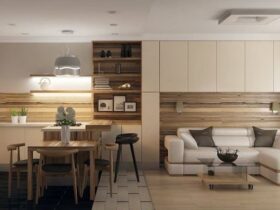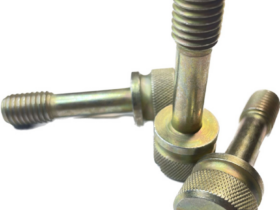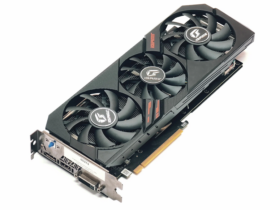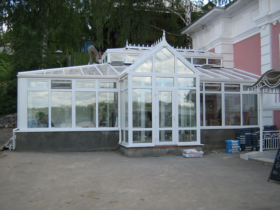Types of facade plasters: connecting components
On sale you can find several types of thin -layer facade plasters. These are the most familiar mineral compositions for us, as well as silicone, silicate and acrylic. Their names themselves indicate which binder is used in their production. The types of facade plasters differ mainly by this. So, mineral plaster is cement, which contains polymer additives that increase the elasticity and adhesion of the composition. In silicate plaster, the so -called water glass glass is used, and plasticizers are added to it. Finally, acrylic compositions involve the use of acrylic resins and some other polymers, and silicone — silicone resin as a binder component. The presence of one or another component determines how to choose the types of facade plasters depending on the surface of the surface.
So, due to high vapor permeability, silicate, mineral and silicone plasters are used to decorate walls composed of natural materials or insulated with mineral wool. Acrylic plasters do not have similar properties, and therefore they are used to decorate walls insulated with polystyrene foam.
Resistance and durability
Different types of facade plasters differ from each other by their operational characteristics. So, acrylic plaster is considered the most resistant to various mechanical damage. Silicate and silicone compositions are characterized by an average level of resistance to various influences. But mineral plaster is considered the least resistant to mechanical damage. Alas, it also does not differ resistance to moisture. By this indicator, it is close to silicate plasters. But acrylic and silicone compositions are highly moisture resistant.
There is another rather important indicator. This is the stability of the plaster to biological corrosion, that is, to the appearance of fungi and mold (and even in some cases of algae). From this point of view, the choice does not depend on the connecting element, but on whether a biologically active drug has been added to the solution, which makes it impossible to develop such microorganisms.
Mineral or acrylic compositions
Considering the types of facade plasters, it should be noted that in addition to resistance and durability, there are other selection criteria. So, despite the fact that mineral compositions are considered less persistent and durable, they have other advantages. First of all, this is accessibility — except for those types in which marble chips are added, these solutions are very inexpensive. Secondly, mineral plasters perfectly protect the house from moisture and differ in fire properties. In addition, they are easily applied, so non -professional can also cope with this.
Speaking about acrylic plasters, it should be noted that their main advantage, in addition to resistance and durability, is a low moisture absorption coefficient, and therefore these compounds are used in areas with a large annual rainfall. But acrylic plasters are more expensive, and in addition, they differ in combustibility, which imposes certain restrictions on their use.
Structural effect
The link is not the only criterion by which the types of facade plasters can be classified. We are talking about structural effects. On the one hand, they perform decorative functions. On the other hand, they have practical significance. So, the smoother the surface of the plaster is, the worse it tolerates the external effect and stress, which means that the easier cracks appear on it. The more rough the wall is, the less this danger, although it will be polluted much faster. Thus, experts do not recommend using smooth plasters for the decoration of facades.
The roughness of the surface is determined by the type and size of the filler granules. However, much depends on the method of applying the solution to the base. There are several options. The first is a rough surface called “rune” or “lamb” (sometimes you can find the name “goose skin”). Such an texture is achieved when applying a roller, when irregularity is formed by a half -terrain, a panicle, in a special way twisted with a rag. The second type of surface is called beard-shameful or corrugated. In the literature, you can find such designations as «bark» and «bark beetle». Such plaster contains small pebbles. When rubbing the plaster mass, they are carved on the surface of the groove — horizontal, circular or vertical (depending on the method of wiping). Plasters of any structure are produced in wide colors.













Оставить коммент.